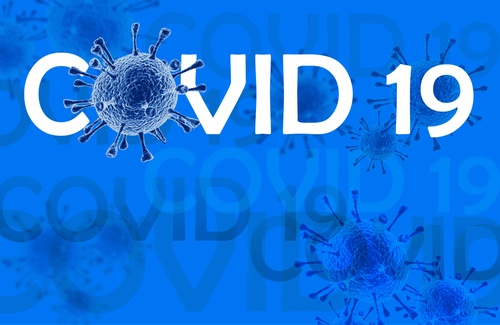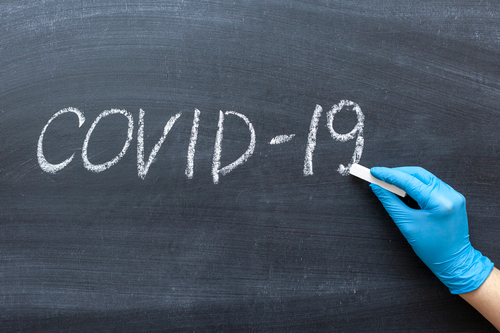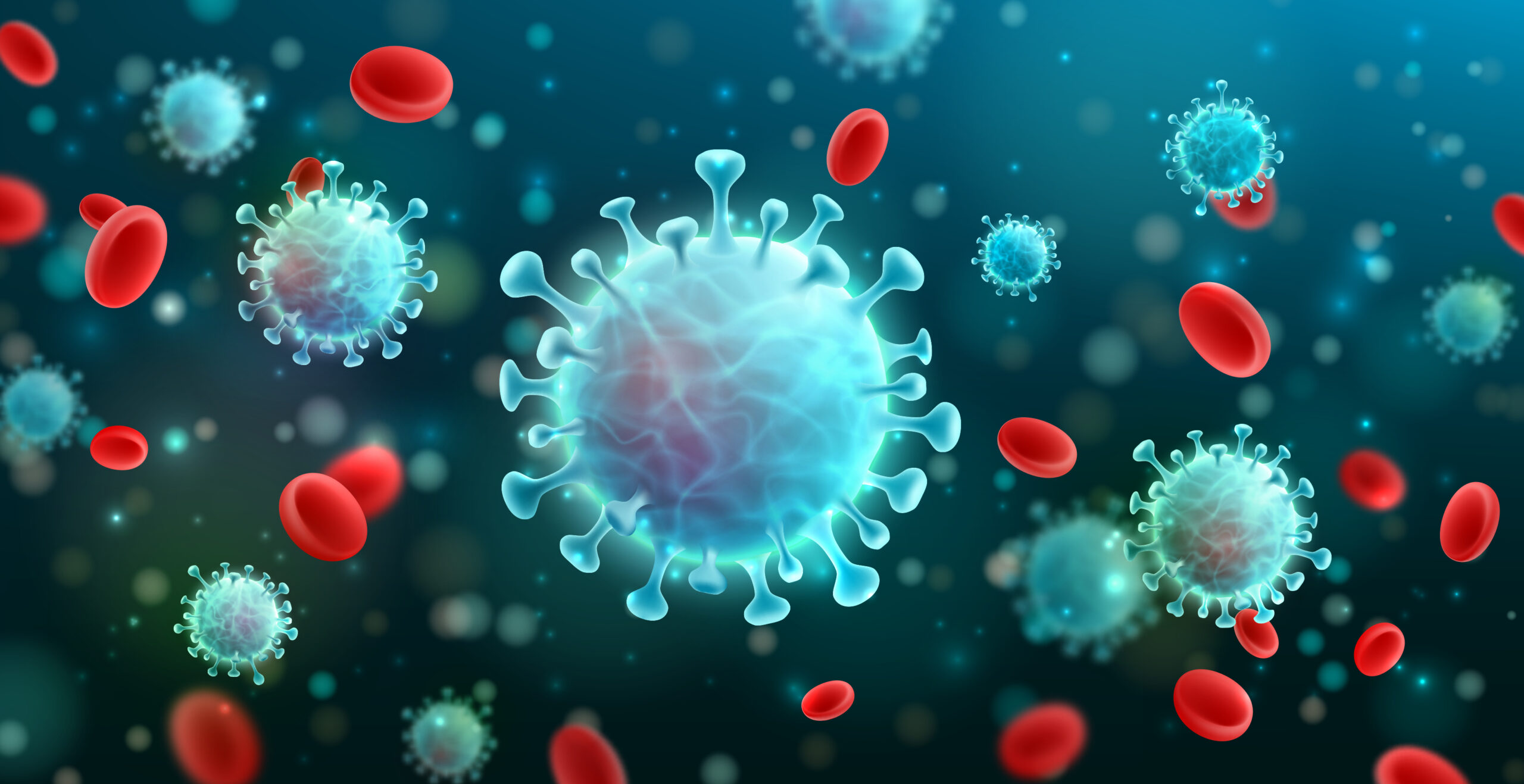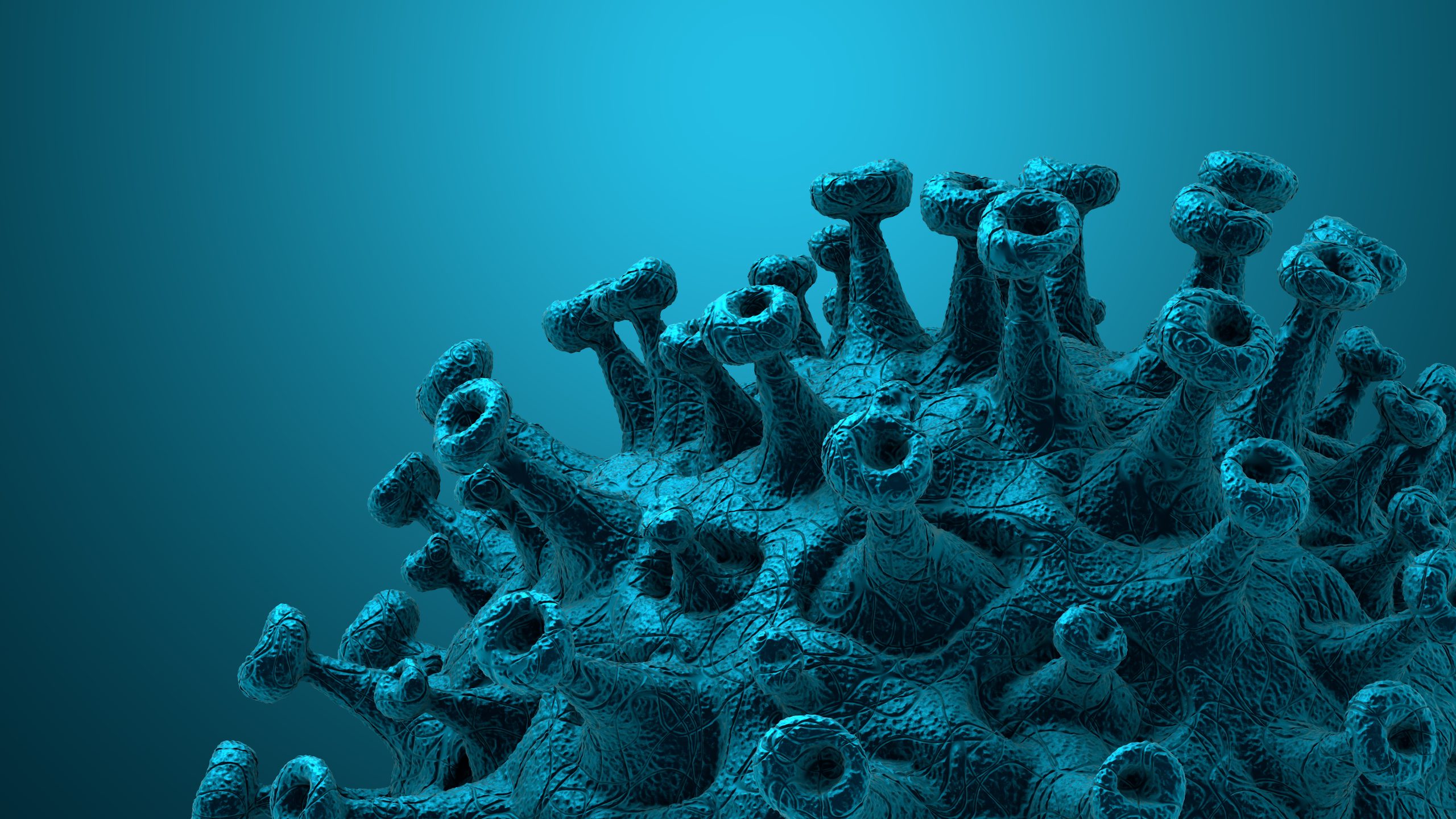
Various therapeutic agents are available for the treatment of COVID-19. Yoko Tanino and colleagues reported results of an investigation of the emergence of dual-drug resistance in a kidney transplant recipient who received sotrovimab from day 0 and remdesivir (RDV) from days 8 to 17. The researchers sequenced the whole viral genomes from nasopharyngeal swabs taken on day 0 and at seven points following the start of treatment (days 12, 19, 23, 37, 43, 48, and 58).
The genomes were compared with those of a Wuhan strain and the day 0 wild-type strain to determine the genetic traits of the wild-type (day 0) and descendent (after day 12) viruses, respectively. Three viral isolates from samples collected on days 0, 23, and 37 were examined for their escape ability and growth kinetics in vitro.
Within 12 days (day 12) after treatment with sotrovimab, the sotrovimab-resistant mutation (S:E340K) emerged, and within 11 days (day 19) after treatment with RDV, the RDV-resistant mutation (RdRp:V7921 [nt: G15814A]) emerged. The day 23 isolate harboring S:E340K/RdRp:V792I was resistant to both sotrovimab and RDV, showing 364.00- and 2.73-fold higher resistance, respectively, compared with the wild-type virus. In addition, the day 37 isolate accumulated multiple additional mutations and had a higher level of resistance to both drugs compared with the day 23 isolate.
In conclusion, the researchers said, “Drug-resistant variants with double mutations (S:E340K/RdRp:V792I) became dominant within 23 days after starting treatment, suggesting that even [with] a combination therapy involving sotrovimab and RDV, dual-drug resistant viruses may emerge rapidly in immunocompromised patients. The dual-resistant variants had lower yields than those of the wild-type virus in vitro, suggesting that they paid a fitness cost.”
Source: Infection and Drug Resistance






 © 2025 Mashup Media, LLC, a Formedics Property. All Rights Reserved.
© 2025 Mashup Media, LLC, a Formedics Property. All Rights Reserved.